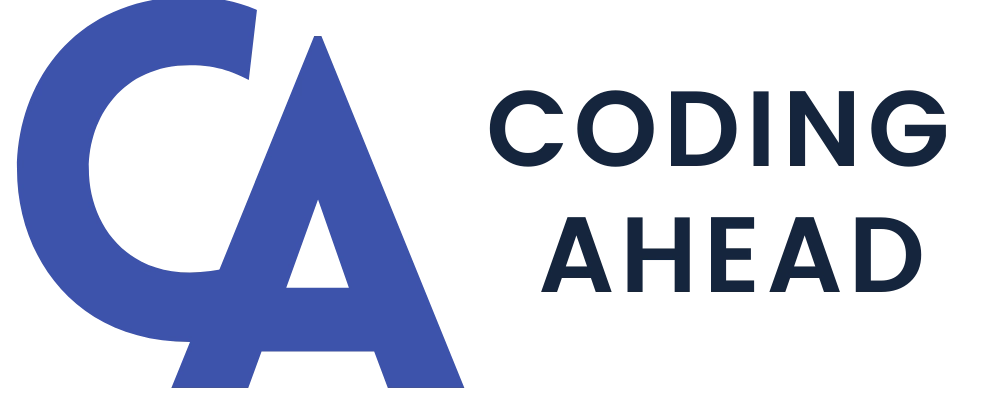How To Use The ICD 10 Codes For Other Disorders Of Thyroid
The ICD 10 CM codes for other disorders of the thyroid encompass a variety of conditions that can significantly impact metabolic processes and overall health. These codes are essential for accurately documenting thyroid-related disorders, which can range from hormonal imbalances to structural abnormalities. Understanding the nuances of each code, including subcategories and potential pitfalls, is crucial for medical coders to ensure precise billing and reporting. According to the American Thyroid Association, thyroid disorders affect approximately 20 million Americans, highlighting the importance of accurate coding in this area.
1. Understanding Category E07
The ICD 10 CM category E07 covers other disorders of the thyroid gland, which includes conditions that do not fall under the more common categories of hyperthyroidism (E05) or hypothyroidism (E03). These disorders can manifest in various ways, including abnormal hormone production, goiter formation, and other thyroid-related syndromes. The clinical significance of these codes lies in their ability to capture a wide range of thyroid dysfunctions, which can lead to serious health implications if left untreated. For instance, dyshormogenetic goiter can result in developmental issues and metabolic disturbances, necessitating careful monitoring and management.
2. Key Coding Elements
- Type of Disorder: Identify whether the disorder is related to hypersecretion, goiter formation, or other specified conditions.
- Specificity: Ensure the correct specification of the disorder, particularly in distinguishing between different types of thyroid dysfunction.
- Clinical Context: Document any associated symptoms or conditions that may influence treatment and management.
- Encounter Type: Document the encounter type as initial (A), subsequent (D), or sequela (S) when applicable.
Common Mistakes
- Failing to specify the type of thyroid disorder, which can lead to coding errors.
- Misclassifying disorders due to lack of detailed clinical documentation.
3. Subcategories
- ICD 10 CM E07.0: Hypersecretion of calcitonin
Clinical Context: This condition involves excessive production of calcitonin, which can affect calcium metabolism.
Pitfall: Coders may confuse this with other hypersecretion disorders, leading to incorrect coding. - ICD 10 CM E07.1: Dyshormogenetic goiter
Clinical Context: A type of goiter resulting from abnormal hormone production, often seen in congenital cases.
Pitfall: Misidentifying this condition can lead to improper treatment protocols. - ICD 10 CM E07.8: Other specified disorders of thyroid
Clinical Context: This code is used for various thyroid disorders that do not fit into other specific categories.
Pitfall: Lack of specificity can lead to inaccurate data reporting. - ICD 10 CM E07.81: Sick-euthyroid syndrome
Clinical Context: A condition where thyroid function appears normal despite underlying illness, often complicating diagnosis.
Pitfall: Coders may overlook the need for detailed clinical context, leading to misclassification. - ICD 10 CM E07.89: Other specified disorders of thyroid
Clinical Context: Used for additional thyroid disorders that are specified but not classified elsewhere.
Pitfall: Failing to document the specifics of the disorder can result in coding inaccuracies. - ICD 10 CM E07.9: Disorder of thyroid, unspecified
Clinical Context: This code is used when the specific thyroid disorder is not identified.
Pitfall: Overuse of this code can lead to a lack of clarity in patient records and treatment plans.
4. When to Use E07 vs. Other Related Codes
- Use E07 codes specifically for other disorders of the thyroid that do not fall under hyperthyroidism or hypothyroidism.
- Differentiate between E07 codes for specific disorders and E05 or E03 codes for hyperthyroidism and hypothyroidism, respectively.
- Ensure proper documentation to avoid misclassification with other endocrine disorders.
5. Documentation Tips
- Document the specific type of thyroid disorder and any relevant symptoms.
- Record the mechanism of the disorder, including any underlying conditions that may contribute.
- Specify the encounter type (initial, subsequent, sequela) to ensure accurate coding.
- Include details about any treatments or interventions that have been initiated.
6. Coding Examples
- Scenario: A patient presents with a dyshormogenetic goiter diagnosed at birth, requiring ongoing management.
Primary Injury Code: E07.1 (Dyshormogenetic goiter)
External Cause Code: E07.1A (initial encounter) - Scenario: An adult is diagnosed with sick-euthyroid syndrome following a severe illness, complicating treatment decisions.
Primary Injury Code: E07.81 (Sick-euthyroid syndrome)
External Cause Code: E07.81A (initial encounter)
7. Best Practices in Coding
- Always verify the specific circumstances of the thyroid disorder to select the correct code.
- Ensure that the encounter type is clearly documented to avoid coding errors.
- Stay updated on coding guidelines and changes related to thyroid disorders.
- Consult with clinical staff if there is uncertainty regarding the nature of the thyroid disorder.

